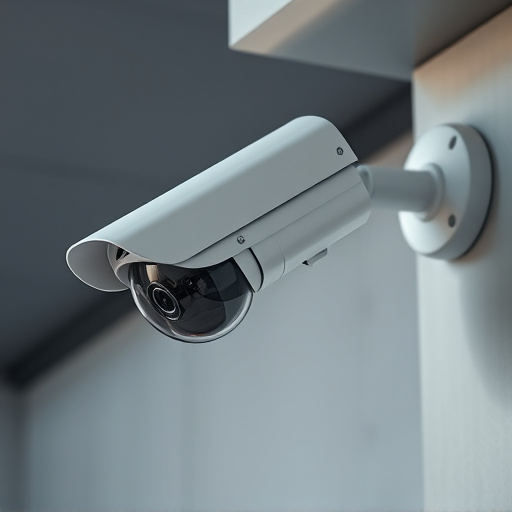Mounting fake security cameras requires understanding their power needs: battery or AC. Battery-powered models offer flexibility for outdoor or hard-to-reach areas, ideal for temporary installations and continuous monitoring during outages. Hardwired (AC) cameras demand direct power but provide features like motion detection and night vision, enhancing specific security concerns. Choosing the right dummy camera depends on placement, needs, and budget; our guide "How to Mount Fake Security Cameras" offers tailored recommendations for optimal results.
“Enhance your home or business security with the strategic placement of dummy security cameras. This guide explores the diverse power options available, from battery-powered convenience to AC-powered reliability. Discover how these choices influence camera longevity and installation techniques, including mounting styles like wall, ceiling, and pole mounts. Learn the benefits of each approach, ensuring a secure and discreet setup. Understand durable battery life and solar-powered alternatives for long-lasting surveillance, and maintain optimal performance with our expert tips on How to Mount Fake Security Cameras.”
- Understanding Dummy Camera Power Requirements
- – Different types of dummy security cameras and their power sources
- – Benefits of using battery-powered vs. AC-powered options
Understanding Dummy Camera Power Requirements
When considering how to mount fake security cameras, understanding their power requirements is a crucial first step. Unlike real surveillance equipment, dummy cameras have varying power needs depending on the model and features. Some operate on battery power, ideal for temporary installations or areas with no access to an electrical outlet. Others are wired and require direct connection to a power source, offering more stability but limited flexibility in placement.
Knowing these options is essential when choosing the right dummy camera for your needs. For outdoor setups where weatherproofing is necessary, consider models designed for all-season use. Conversely, indoor cameras might have simpler power connections suitable for everyday use. Understanding these power dynamics ensures a seamless integration of fake security cameras into any environment, enhancing security without compromising aesthetics.
– Different types of dummy security cameras and their power sources
Dummy security cameras, also known as fake or simulacrum cameras, offer a cost-effective and discreet way to enhance home or business security. These cameras come in various types, each with distinct power options tailored to different mounting needs. Hardwired dummy cameras are the most traditional, relying on an electrical connection for power, ensuring constant surveillance. They are ideal for indoor use, offering reliable performance with no battery concerns.
On the other hand, wireless fake security cameras have gained popularity due to their convenience and flexibility. These cameras utilize battery power, allowing for easier installation and positioning in outdoor or hard-to-reach areas. Rechargeable batteries provide a sustainable solution, while disposable options offer temporary yet effective surveillance, making them versatile choices for different mounting scenarios, including How to Mount Fake Security Cameras.
– Benefits of using battery-powered vs. AC-powered options
When considering how to mount fake security cameras, one of the key decisions is choosing between battery-powered and AC-powered options. Battery-operated cameras offer several advantages. First, they provide unparalleled flexibility in placement, as they aren’t limited by the need for a power outlet. This makes them ideal for discreetly positioning cameras in hard-to-reach or outdoor areas without the hassle of running extension cords. Additionally, battery backup ensures continuous monitoring, even during power outages, giving you peace of mind and enhanced security.
On the other hand, AC-powered cameras while reliable, are more restrictive in terms of placement. They require access to an electrical outlet, which can limit their positioning options. Moreover, they may not offer the same level of backup power during power disruptions. However, AC-powered systems often come with features like motion detection and night vision that can significantly boost security in specific areas, making them a compelling choice based on individual needs and budget.
When considering how to mount fake security cameras, understanding their power options is key. Both battery-powered and AC-powered dummy security cameras offer unique advantages. Battery-operated models provide flexibility and convenience for discreet installations, while AC-powered cameras are often more affordable and suitable for permanent fixtures. By selecting the right power source based on your mounting needs, you can ensure a secure and effective surveillance solution.
